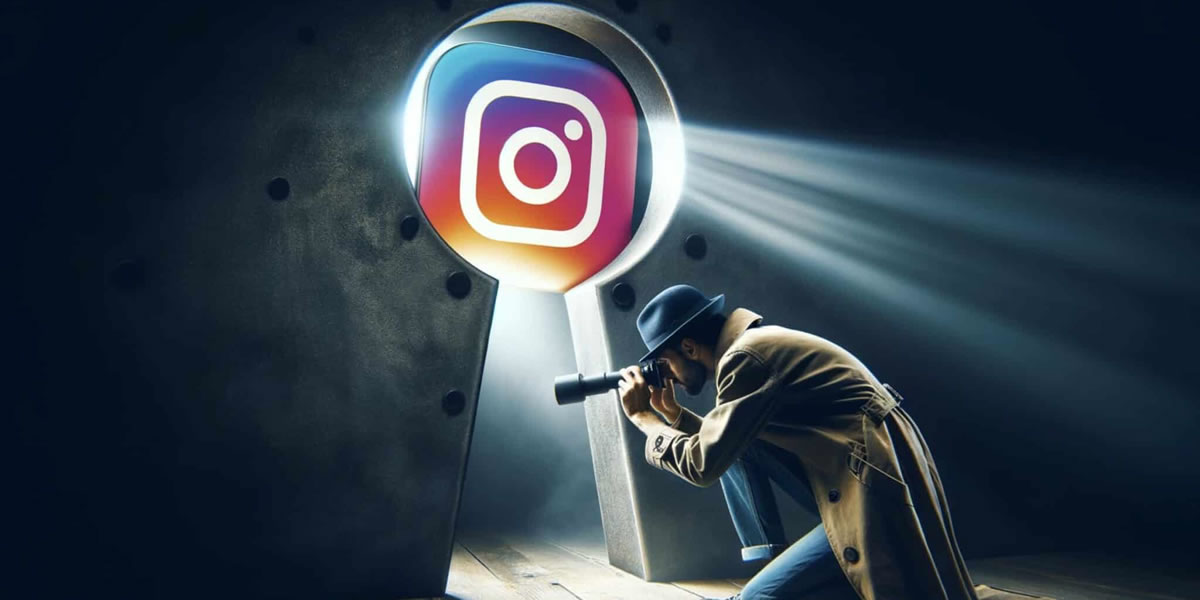
Why People Want to Use Instagram Anonymously
The constantly increasing popularity of anonymous viewing on Instagram points to an interesting aspect of our social media connection: we wish to observe without giving out our presence. In the Brazilian situation, where daily social media usage is reported by 84% of the internet population, this dilemma of exposure versus privacy is particularly evident.
Main Motivations of Brazilian Users
| Reason | User Percentage | Context in Brazil |
|---|---|---|
| Competitive analysis | 38% | Entrepreneurs and marketing professionals |
| Personal curiosity | 45% | Regular users who value privacy |
| Trend research | 28% | Influencers and content creators |
| Personal security | 22% | Prevention of harassment or stalking |
| Professional research | 18% | Journalists and investigators |
What to Look For (and Avoid) When Choosing a Tool
Some practical criteria for evaluating options:
Transparency about operation — reliable tools usually declare their operation, the data they collect, and their limitations very clearly. Services that are not very specific or that do not give clear answers about the technical aspects should be approached with caution.
Absence of suspicious requests — this has already been mentioned, but it is worth emphasizing again: the anonymous viewing tool that is a legitimate one, will never ask you for your Instagram password. If it does, it is a scam.
Verifiable reputation — try to find mentions on well-known technology sites, talk in Brazilian digital security forums, or read independent reviews. Do not rely solely on opinions given on the tool's own page, as these may be faked.
Compliance with Brazilian legislation — tools that are LGPD-compliant (General Data Protection Law) show that they are serious and dedicated to their Brazilian users. This usually manifests itself through user-friendly privacy policies and open data processing practices.
Portuguese interface — while this does not signify quality, generally, tools that spend on proper localization for the Brazilian market consider this market more seriously.
Practical Use Scenarios
Anonymous Instagram Viewers opens a gate for digital entrepreneurs to carry out a systematic analysis of their competitors without disclosing their focus areas. The merchant who is thinking about venturing into Instagram can first secretly observe how businesses alike are doing on the platform, what type of posts getting the most interaction, and which way of doing things has worked out the best.
To marketing and social media professionals, the ability to monitor various profiles at the same time with no hassle is the main advantage for their Reports on Competition to be wide-ranging and detailed. It is possible to scrutinize the marketing of different brands, pick up emerging trends before they are crowded and theiurgained recommendations can be based on solid observational data.
The regular users, in particular, it is nothing but a way of doing things that gives them the option to be either curious or notified with no social complications that come from the registered viewing in some cases. Social interaction will not always be necessary with each view; at times we just want to know something without engaging in a conversation.
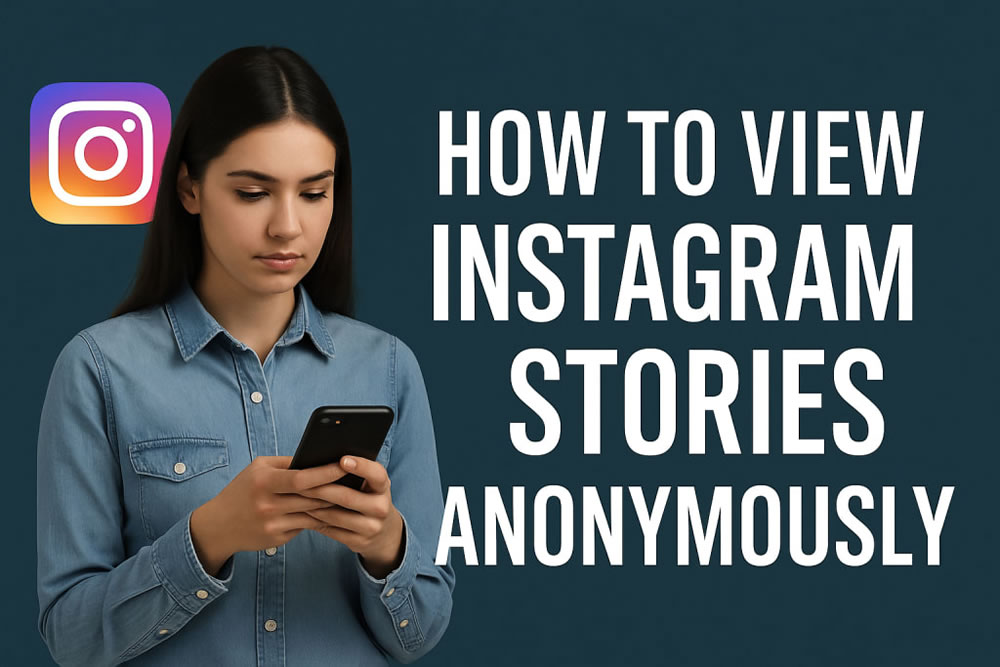
How Anonymous Viewing Tools Work
The understanding of the technical workings of the Instagram viewing tools gives both the demystification of the process and the ability to assess which solutions are really safe. No magic is taking place; the tools are using IG's public information and its limitations.
The Technical Foundation: APIs and Public Endpoints
Instagram, like most social networks, has a technical infrastructure that distinguishes between public and private information. Public profiles, stories available to everyone, and posts accessible without authentication are served through what we call "public endpoints" — points of access that don't require special permission.
Anonymous viewing tools essentially work as intermediaries. Instead of you accessing Instagram directly (which would log your viewing), the tool accesses it on your behalf and presents the information to you. Your account never "touches" the content you're viewing.
Technical Process Simplified
| Step | What Happens | User Visibility |
|---|---|---|
| 1. Request | You enter username on the tool | Completely anonymous |
| 2. Query | Tool queries Instagram servers | Request appears to come from the tool, not you |
| 3. Data Retrieval | Instagram returns public information | No record of viewing in target profile |
| 4. Presentation | Tool displays content to you | You see without being seen |
Important Technical Limitations
Keeping a clear picture of the capabilities and limitations of the tools helps in not having unrealistic expectations and also in spotting frauds. The real tool always makes it clear regarding its limitations.
Profiles marked private are really not accessible. Only the followers whose acceptance has been granted can access the content of a private account. No legitimate tool can go around this — and any tool that claims to do so is either lying or using illegal techniques such as hacking into the account.
Messages sent directly between individuals are totally private and encrypted. No tool for anonymous viewing can access the DMs of others and any tool that claims to do so is definitely a scam that is trying to steal your data or money.
Activities happening on the account such as who followed whom, which posts someone liked, or comments on private profiles — all this is effectively inaccessible through lawful tools. Instagram does not make this information public, so there is no legitimate way to access it without violating privacy.
Identifying False Promises
The market for these tools was a breeding ground for bad actors as it was foreseen. Service indicators of being unreliable or even dangerous are:
Requesting your Instagram password — no tool under heaven will require this. If you are using a genuine product, it will not ask for your credentials to display public information. If it seeks your password, then it is a scam that aims to take over your account.
Guaranteeing access to private profiles — this is absolutely impossible without breaking Instagram's security. If a tool asserts doing this, it is either lying to lure people or using illegal hacking methods that could even get you in trouble.
Asking for personal information not related to the service — full name, CPF, phone numbers, or credit cards for a so-called "free" service. The viewing tools that are genuine need the username of the profile you are interested in seeing, and nothing more.
Over-commercialization or being directed to dubious sites excessively — first-class tools are supported by subtle and non-intrusive advertising. If you are facing a flood of pop-ups or getting sent to weird sites, then leave right away.
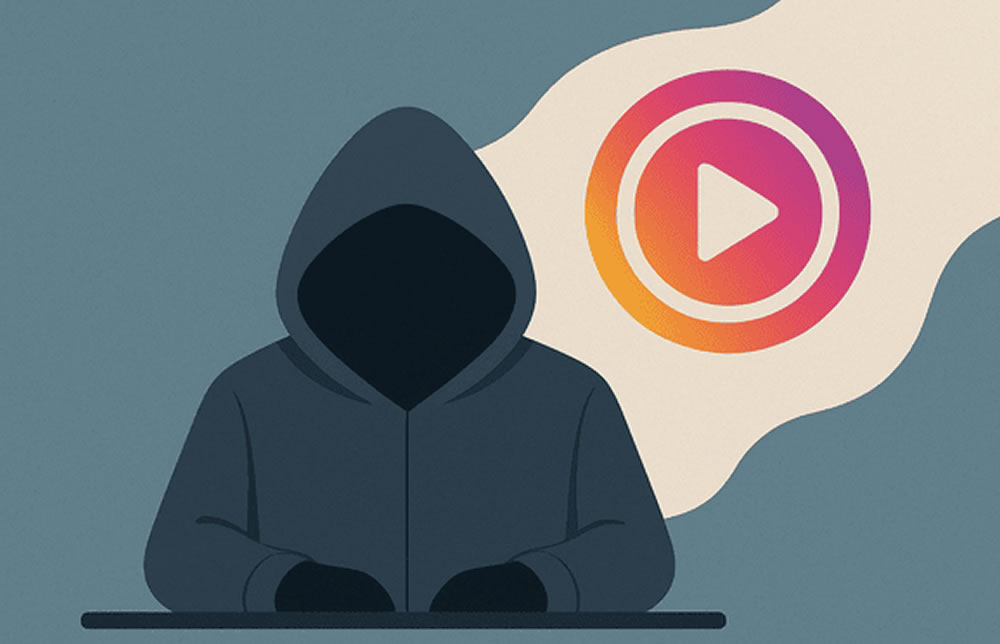
Privacy, Ethics and Legislation in Brazil
The issue of anonymity on social media has always been an interesting debate that sits at the point of technology, law and morality. In Brazil, this issue became even more prominent with the introduction of the General Data Protection Regulation (GDPR) and the increasing recognition of digital rights.
The Legal Landscape: What the Law Actually Says
There is a great deal of misunderstanding about what is legal and what is not concerning undisclosed viewing. Let us make it clear: viewing content that is public on Instagram without revealing your identity is entirely legal in Brazil. There is no legislation that bars one from looking at information that is public by the user's own will.
The LGPD (General Data Protection Law, Law 13.709/2018) oversees the handling of personally identifiable information but particularly excludes cases where the data is publicly available. To clarify, if an individual shares an image or posts a story on Instagram "for everyone" to see, they're making that content public thereby. Even if the viewing is done anonymously, it is not considered a violation of privacy.
The Civil Rights Framework for the Internet supports the right to confidentiality in electronic communications, but at the same time, it accepts that there's a different treatment for information that is publicly shared. The law draws a very clear line between the legal act of accessing public content and the illegal act of breaking into private systems or accounts.
Brazilian Legal Framework for Digital Privacy
| Legislation | What It Protects | Application in Anonymous Tools |
|---|---|---|
| LGPD (Law 13.709/2018) | Personal data and privacy | Tools cannot collect data without consent |
| Civil Rights Framework for the Internet | Online rights and duties | Guarantees privacy in digital communications |
| Penal Code (Art. 154-A) | Device invasion | Prohibits unauthorized access to private content |
| Carolina Dieckmann Law | Cybercrime | Punishes unauthorized disclosure of content |
Where to Draw the Line Between Legitimate and Abusive
Legality and morality don't always align perfectly. Something can be legal but ethically questionable, or vice versa. In the case of anonymous viewing, some uses are clearly legitimate:
● A journalist investigating fraud schemes through public profiles
● An entrepreneur studying competitors' marketing strategies
● Someone checking if a profile that harassed them online remains active
● A researcher collecting data for academic study on digital behavior
Other uses fall into gray areas, and some are clearly inappropriate:
● Obsessively monitoring an ex-partner's profile daily for months
● Collecting information to create gossip or damage reputations
● Using obtained data to manipulate or blackmail people
● Following profiles of minors without legitimate and professional purpose
Individual Responsibility in Digital Space
Brazil ranks among the top countries worldwide in terms of social media usage, with the users spending an average of 3 hours and 46 minutes each day on these platforms. This close connection increases the chances as well as the dangers. We all together create the kind of online world where every digital interaction, even the anonymous ones, plays a part.
The Brazilian data protection law LGPD laid down key principles that should not only be adopted by businesses but also by the end-users in their everyday activities:
Legitimate purpose — be truthful to yourself and ask why you are checking out a specific profile. The response will help to assess if the viewing is proper or not.
Adequacy and necessity — are you really going to achieve your goal by this method? Would it not be better to resort to less intrusive means to get the same information?
Transparency — even though you are concealed, would you not be able to publicly justify your use of this method if asked?
To gain a more in-depth understanding of digital privacy and internet rights, Wikipedia offers useful resources that can further your comprehension of the subject.
Building a More Mature Digital Culture
Online anonymity shouldn't be synonymous with irresponsibility. On the contrary, it should allow us to explore public information without the social pressures and constraints that sometimes inhibit legitimate knowledge seeking. The difference lies in the intention and the use we make of what we discover. If your anonymous viewing serves to learn, protect yourself, or work professionally, you're probably making legitimate use of the technology. If it serves to feed obsessions, harm third parties or violate others' dignity, it's time to rethink your choices.
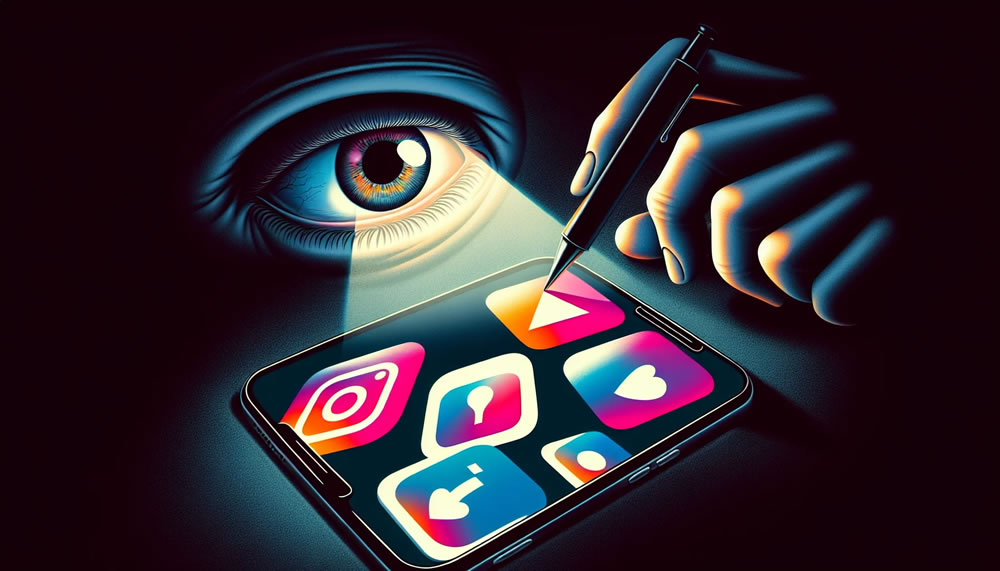
Other Options and Similar Tools
The market for Instagram anonymous viewing tools has grown significantly, reflecting genuine demand. In Brazil, where the search for digital privacy solutions increased by 67% in the last two years, understanding the differences between available options helps make more informed choices.
The Diversity of Technical Approaches
There's no single way to implement anonymous viewing, and different tools adopt varied strategies. Some function exclusively as websites, others offer mobile applications, and there are also browser extensions. Each approach has specific advantages and disadvantages.
Types of Available Tools
| Tool Type | Advantages | Disadvantages | Recommendation |
|---|---|---|---|
| Web Sites | Quick access, no installation | Depend on stable connection | ⭐⭐⭐⭐⭐ Best option |
| Mobile Apps | Convenient for smartphones | Take up space, may request excessive permissions | ⭐⭐⭐ Use with caution |
| Browser Extensions | Browser integration | Access to browsing data | ⭐⭐ Requires rigorous verification |
| Desktop Applications | Advanced functionalities | Require download and installation | ⭐⭐ Less practical |
Web sites are generally the safest option because they do not require installation and hence cannot ask for invasive permissions on your device. The process is simple: you access it, use it, close the tab, and that's it.
Mobile apps are a mixed blessing: they are handy, but at the same time, they pose a security threat. A lot of them ask for permission to access your photos, contacts, and location, which are completely unnecessary for viewing Instagram profiles. This permission overload should be recognized as a warning signal.
Browser extensions can potentially access everything you do in the browser, such as passwords, banking data, and private conversations. Unless the source is completely trustworthy and verified, it is best to steer clear of it.
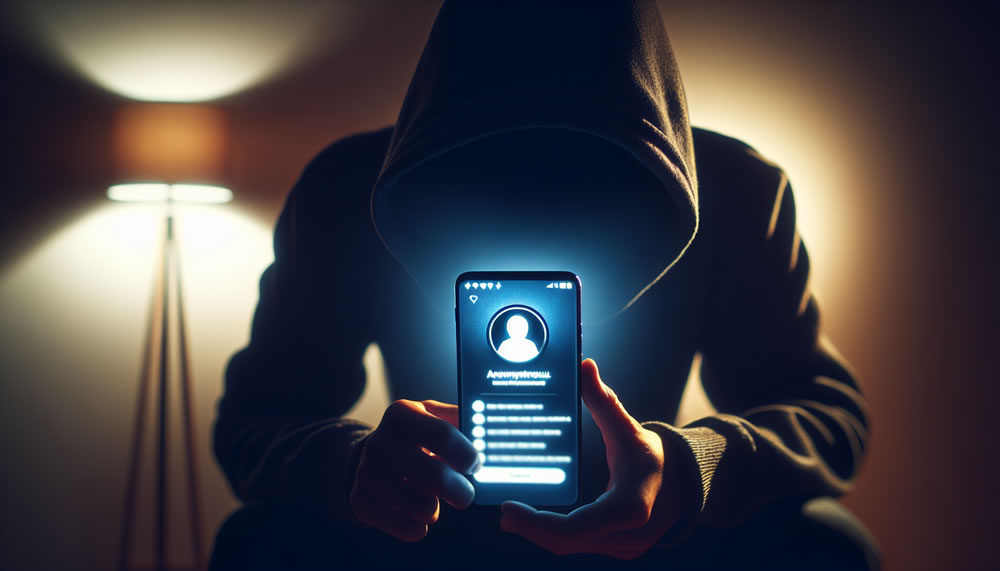
Conclusion
Digital privacy has ceased to be a luxury and has become a basic necessity. In Brazil, where more than 113 million people use Instagram daily, the ability to control our own visibility while accessing public information represents a fundamental right in an increasingly surveilled and tracked world.
Tools like AnonyIG exist because they meet real needs — from legitimate competitive research to personal protection in sensitive situations. The problem has never been the technology itself, but the use we make of it. A hammer can build a house or break a window; the tool is neutral, human intention is what defines the outcome.
Final Reflections on Privacy and Responsibility
LGPD, the Civil Rights Framework for the Internet, and other Brazilian legislation guarantee privacy as a basic right, though rights are always coupled with duties of the same nature. When we use the anonymous viewing tools to protect our own privacy, we also take upon ourselves the obligation to respect the dignity and rights of others.
This is not simply a matter of technology or law — it is deeply human. The digital space decisions we make are, in the first place, our values, second, our empathy towards others, third our ability to act in a morally right manner even in the absence of an audience. Anonymity is the true test of one’s character: devoid of the pressure of social judgment, our choices reveal who we really are.
The digital world is a collective building, an interaction, a choice at a time. Every time we choose to close (or open) our eyes by using an anonymous viewing tool, every time we respect (or violate) others’ privacy, we are casting a vote on what sort of internet we want to have.
For Brazilian people, who have always given much importance to sincere and respectful human interactions, the main challenge is to export these values to the digital arena. Privacy does not equate to isolation or paranoia—rather, it is the right to control one’s own exposure, to decide when and how one wants to show up, and having that same option respected by others.
Use of anonymous viewing tools, if done mindfully and ethically, can be a part of the balanced and healthy approach to social media. The principle is always to question ourselves: do I use this tool to shield myself or to hurt someone? To learn or to pry? To be informed or to be obsessed?
The responses to these queries should regulate our digital behavior just as they would do in the case of our physical behavior. Technology may be new, but the principles of respect, dignity and consideration for others remain timeless and universal.



























